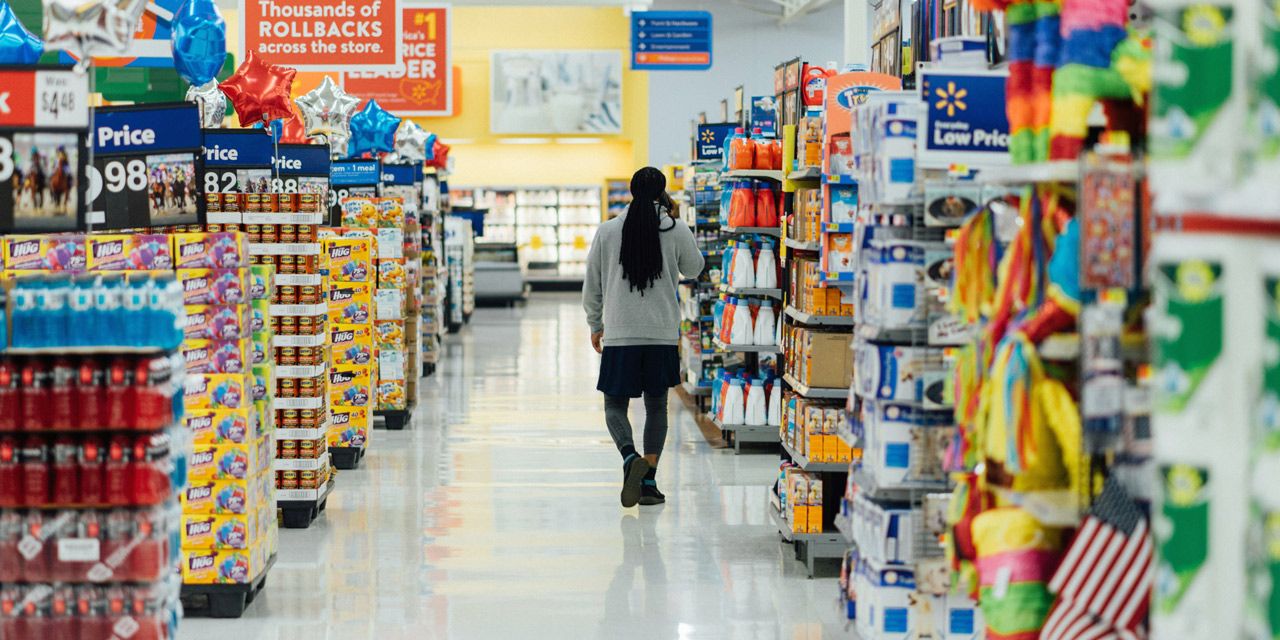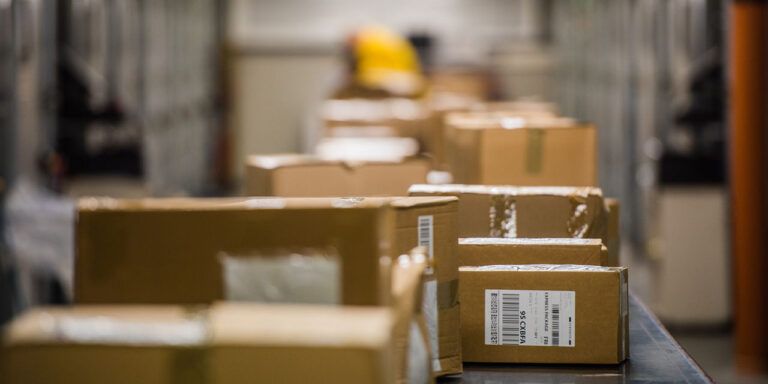Evolving from transactional to optimized in grocery: Part three – AI and ML advancements on the horizon
Sep 27, 2024 • 5 min
In the second part of this blog series, Common challenges and how to overcome them, we explored some of the challenges grocery retailers face on the road to optimization and how to address them effectively to unlock new heights of efficiency and profitability. Now, let’s talk about one of the most talked-about areas of technology for retail and beyond today: AI and ML.
While AI and ML are making significant strides in inventory management and supply chain optimization, these technologies are not only enhancing the efficiency of existing processes but are also paving the way for other innovative tools that promise to revolutionize grocery retail. From real-time inventory tracking to predictive analytics, AI and ML are set to transform every aspect of grocery operations.
These advancements offer exciting opportunities for grocers to enhance customer satisfaction, streamline operations, and boost employee engagement.
Below, we’ve curated a few of the most exciting new optimizations that AI and ML have made possible, as well as the results of pilot programs and early tests.
New tools for optimizing grocery bring new opportunities (and challenges)
AI and ML are changing the way we manage inventory and the way we shop. We’re in the midst of a shift as new capabilities bring us new ways to optimize every part of the grocery store. Here are a few of the tools that are already changing grocery retail.
Continuous camera monitoring
Cameras in aisles can help manage inventory now that processors can look at an image or video and identify low-stock or out-of-stock items. As customers remove items from the shelves, the cameras update inventory levels in real time, providing an up-to-date view of items with low or no stock. This technology can significantly reduce the need for manual inventory checks and help staff keep shelves stocked with the right products.
However, implementing this system requires buying or leasing a substantial number of cameras and installing them in just the right place so they can see every shelf in the aisle. Finding the perfect vantage point for the camera can be difficult with some store layouts, as obstructions (like columns or other structural elements) can block their view, leading to inaccuracies.
Over time, the cameras will need cleaning, updates, or replacements. This maintenance can be handled internally (requiring additional labor) or outsourced to vendors (which could increase operational costs). Technical issues, such as a camera malfunctioning, will also need prompt attention to keep inventory data accurate.
Regular robot checks
Robots that peruse the aisles regularly offer another innovative solution for inventory management. Instead of installing multiple cameras in every aisle to constantly monitor your inventory levels, a robot can make regular sweeps through the store to count products on shelves.
These impressive robots can learn to navigate stores by themselves, but this cutting-edge technology is expensive so the upfront costs will be significant. However, they can operate during store hours, continuously monitoring stock levels and identifying items that need restocking.
Some initial trials of these robots found that they were so quiet and moved so seamlessly that they initially startled a few customers who didn’t notice them entering the aisle. With a little time, though, customers became accustomed to their presence and now have no reaction when the robots make their rounds.
Flying drone visits
Drones that fly through the store to review stock and track inventory represent another clever approach. Similar to robots, drones can conduct regular reviews of shelves, noting what needs restocking. They offer the advantage of being able to navigate above the aisles, potentially avoiding some of the obstructions that can hinder camera-based systems.
However, drones also come with their own set of challenges. They require a safe and controlled environment to operate effectively, and there may be regulatory considerations to address. Additionally, like robots, drones involve significant initial investment and (as with all technology) there will be ongoing maintenance costs. They also can’t operate during open hours due to safety concerns.
Smart carts and touchless checkout
Smart carts and touchless checkout systems aim to improve the shopping experience by saving customers time and making the process more efficient. These technologies eliminate the need for waiting in line, allowing customers to complete their purchases more quickly by automatically scanning and weighing products as they’ve added to the cart. Some even have digital payment options built directly into the shopping cart.
In addition to enhancing customer convenience, smart carts can shift the focus of store employees from traditional checkout duties to more customer-centric roles.
One of the biggest challenges in implementing smart carts and touchless checkout systems is ensuring their accuracy and ease of use. Customers may be reluctant to adopt these systems if they are frustrating or require a steep learning curve. Therefore, these technologies must be intuitive and reliable to gain acceptance.
Thankfully, early tests of smart carts have shown promising results. For example, Caper Cart by Instacart is currently in an early rollout phase and available in a few locations. As these systems continue to develop, ongoing improvements will focus on enhancing their functionality and user experience. With continued innovation and customer feedback, smart carts and touchless checkout systems will soon become common in stores.
Electronic shelf labels
One of the primary benefits of electronic shelf labels is the ability to quickly and easily change something on the label without requiring a significant amount of manual labor. This automation reduces the time and effort needed to update pricing, allowing staff to focus on other important tasks within the store.
Electronic shelf labels don’t just save staff time swapping out shelf labels each night; they can also result in fewer incorrect labels. Traditional paper labels can be prone to human error during the manual update process, leading to discrepancies between the price on the shelf and the checkout price. Electronic labels help keep prices accurate and consistent across the store, reducing confusion and improving the customer experience.
Metropolitan Markets, a chain of stores in Washington State, provides a practical example of the successful implementation of electronic shelf labels. They switched to using electronic shelf labels across all 10 of their stores, which has allowed them to streamline their pricing updates and improve overall operational efficiency.
The future of AI and ML in grocery
Investment in AI and ML tools for grocery is expected to rise significantly in the coming years. Emerging technologies that have already been discussed, such as smart carts and touchless checkout systems, are likely to become more widespread as they prove their value in enhancing the shopping experience and operational efficiency.
In addition to these established technologies, innovations that are currently in the earlier stages of development will also begin to emerge. For example, considerable discussion is being held about the potential use of retail media screens in store aisles.
These screens could serve multiple purposes, such as displaying individualized advertisements to shoppers, announcing special promotions, or helping customers choose products that meet their specific needs.
But, as always, the technologies with lasting power will be the ones that are intuitive to use, save time and labor, and ultimately help us better serve our customers.



